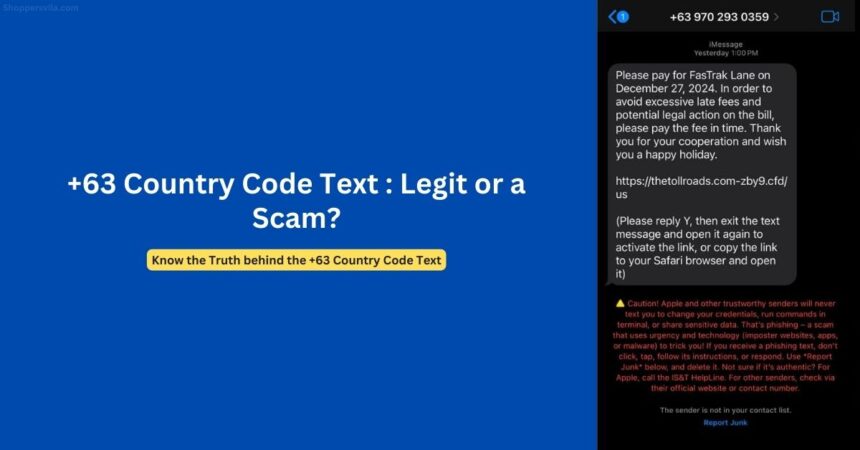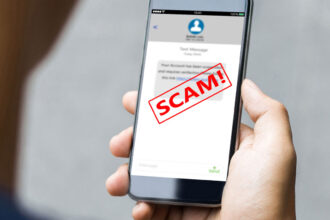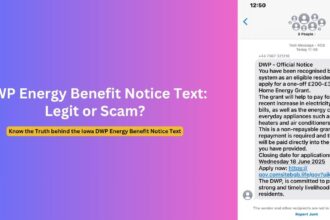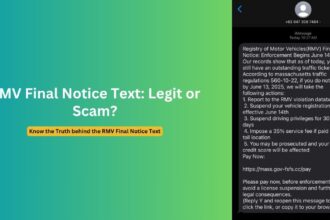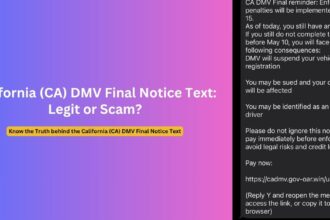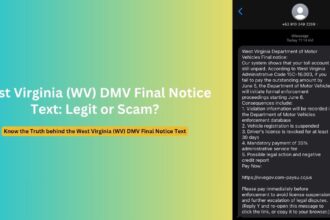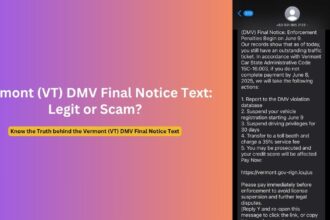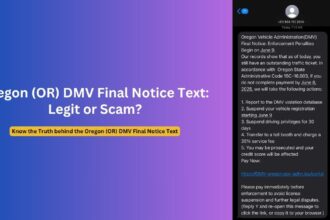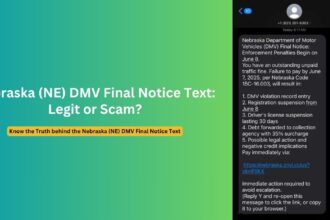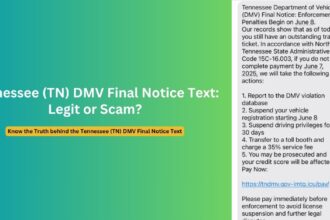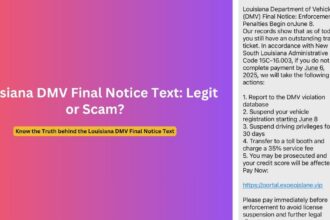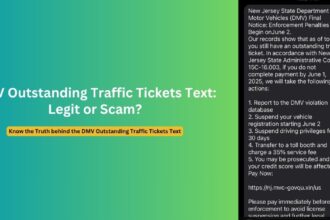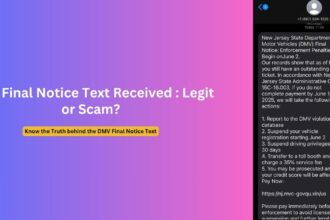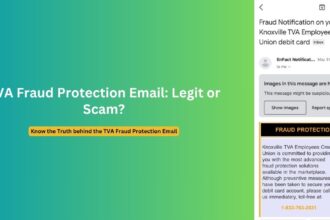In recent months, thousands of Americans have reported receiving suspicious text messages from phone numbers beginning with the +63 country code. These texts, which often claim to be from trusted organizations like USPS, toll collection agencies, or customs departments, have become a significant concern for consumer protection agencies. The sophistication of these scams has evolved, leaving many wondering whether any message from a +63 number can be trusted. This article explores the nature of these scams, how to identify them, and what steps you should take if you receive such messages.
Overview of the +63 Country Code Scam Texts from Philippines
The +63 country code belongs to the Philippines, a location that has unfortunately become associated with certain international scam operations. These text messages follow a remarkably consistent pattern:
- Urgent action required: The texts create a false sense of urgency, claiming a package cannot be delivered, a toll remains unpaid, or an account needs immediate verification.
- Official-looking language: Scammers mimic the formal language of government agencies or reputable businesses to appear legitimate.
- Suspicious links: The messages include shortened URLs or domains that closely resemble official websites (like “
usps-delivery.top” instead of “usps.com”). - Unusual instructions: Many texts include strange directives such as “Reply Y, then exit the message and reopen it to activate the link” — legitimate businesses don’t require such convoluted steps.
- Request for personal information: The end goal is typically to collect your address, credit card details, or other personally identifiable information.
One victim from California reported: “I got a text claiming to be from FasTrak about an unpaid toll. The timing was perfect because I had just used a toll road the previous weekend, so I nearly fell for it.”
Why Scammers Use the Philippines (+63) Area Code

Scammers strategically use international numbers for several tactical advantages:
- Legal jurisdiction challenges: International operations are more difficult for U.S. authorities to investigate and prosecute.
- Cost-effective operations: Operating from countries with lower costs of living allows scam networks to maintain larger operations.
- Distance from victims: Physical distance provides a layer of protection for the scammers.
- Mass texting capabilities: International VoIP services offer cheap rates for sending thousands of text messages simultaneously.
Law enforcement officials note that while many legitimate businesses do operate from the Philippines, including customer service centers for major U.S. companies, the specific pattern of unsolicited texts requesting urgent action should raise immediate red flags.
The Seasonal Surge in Scam Activities
Security experts have documented a clear seasonal pattern to these scam attempts, with significant increases during:
- Tax refund season (February-April): When many Americans expect government payments
- Holiday shopping periods (November-December): When package deliveries increase dramatically
- Summer travel season (June-August): When more people use toll roads and receive travel-related notifications
“Scammers are opportunists who follow the money,” explains cybersecurity expert Miranda Chen. “They know exactly when you’re most likely to be expecting a package or to have used a toll road, and they time their campaigns accordingly.”
Social media posts reveal communities across the country experiencing waves of these texts, often with dozens of residents in the same area code reporting identical messages on the same day, suggesting systematic targeting by region.
The Evolving Sophistication of Text Scams
What makes these scams particularly effective is their continual evolution. Security researchers tracking these campaigns have observed several concerning trends:
Improved Targeting
Earlier versions of these scams sent generic messages to random numbers. Today’s variants often include:
- Localization: Messages referencing local services specific to your region (like regional toll systems)
- Timing coordination: Sending texts during peak package delivery periods
- Follow-up communications: Some scammers now send follow-up texts if the first one doesn’t get a response
Better Impersonation Techniques
The quality of the impersonation has also improved dramatically:
- Authentic-looking websites: Scam pages now closely mimic legitimate sites, including logos, color schemes, and layouts
- Domain spoofing: Using domains that appear legitimate at quick glance (usps-tracking.com instead of usps.com)
- Grammatical improvements: Fewer obvious language errors that previously served as red flags
Technical Sophistication
The technical aspects of these scams have also evolved:
- SMS spoofing: Some scammers can now make texts appear to come from trusted organizations
- Link obfuscation: Using URL shorteners or misleading hypertext to hide suspicious domains
- Device fingerprinting: Some scam sites can detect when they’re being accessed from security researchers’ devices versus potential victims
The Real Dangers Behind the +63 Country Code Texts Links
While it might seem that simply receiving a text poses little risk, the dangers escalate significantly if you interact with these messages. Security research reveals several levels of potential harm:
Immediate Financial Theft
The most direct threat comes from entering payment information on scam websites, which can lead to:
- Unauthorized charges on credit cards
- Bank account drainage if debit card information is provided
- Fraudulent charges that may continue for months if undetected
Identity Theft Risks
Beyond immediate financial theft, these scams often collect information for broader identity theft:
- Personal details: Names, addresses, and phone numbers
- Account credentials: Login information for online accounts
- Identity documents: Some scams request photos of driver’s licenses or other ID
This information can then be:
- Sold on dark web marketplaces
- Used to open fraudulent accounts
- Applied toward elaborate social engineering attacks
Device Compromise
Clicking links in these messages can sometimes lead to device compromise:
- Malware installation: Some links download malicious software
- Location tracking: Certain scam sites can capture precise location data
- Data harvesting: Scripts may access browser data and cookies
One recent victim reported: “After clicking a link in what I thought was a USPS text, my bank called the next day about suspicious transactions. They had my card number, expiration date, and CVV—everything I had entered on what looked like a shipping confirmation page.”
How to Protect Yourself from +63 and Other Text Scams
Protection against these scams requires vigilance and awareness. Security experts recommend a multi-layered approach:
Immediate Steps When Receiving Suspicious Texts
- Never click links in unsolicited text messages, especially from international numbers
- Don’t reply to the message, even to say “STOP” (this confirms your number is active)
- Block the number through your phone’s messaging app
- Report the message as spam or junk through your messaging app
- Forward suspicious texts to 7726 (SPAM), which reports them to your carrier
Verifying Legitimate Communications
If you’re uncertain whether a notification is legitimate:
- Contact organizations directly through their official websites or phone numbers (not those provided in the text)
- Check your accounts directly through official apps or by typing the official URL manually in your browser
- Use official tracking tools for packages rather than clicking links in texts
Long-term Protection Measures
For ongoing protection:
- Enable two-factor authentication on all important accounts
- Register for official delivery notifications directly from shipping companies
- Consider a credit monitoring service to alert you to suspicious activity
- Regularly check your credit report for unauthorized accounts
- Keep your phone’s operating system and apps updated to protect against known vulnerabilities
The Global Response to SMS Scams
Mobile carriers, government agencies, and technology companies are working to combat these scam operations:
- Carrier filtering: Major carriers have implemented AI-based filtering to identify and block suspicious messages
- International cooperation: Law enforcement agencies are establishing cross-border partnerships to pursue scam operations
- Consumer education: Government agencies like the FTC have launched awareness campaigns about text scams
- Technology solutions: New apps can pre-screen messages for scam indicators
Despite these efforts, the profitable nature of these scams ensures they continue to evolve. “It’s an arms race,” explains telecommunications security analyst James Morrison. “As soon as we develop better detection methods, scammers adapt their techniques.”
Frequently Asked Questions
1. Is any text from a +63 country code automatically a scam?
No, not all texts from the Philippines (+63) are scams. The Philippines hosts many legitimate call centers and business operations for international companies. However, unsolicited texts from +63 numbers claiming to be from U.S. organizations like USPS, toll collection agencies, or banks and requesting urgent action should be treated with extreme caution. Legitimate U.S. organizations typically use domestic numbers for customer communications.
2. What should I do if I’ve already clicked a link in one of these texts?
If you’ve clicked a link but haven’t entered any information, immediately close the page. If you’ve entered personal or financial information, take these immediate steps:
- Change passwords for any potentially compromised accounts
- Contact your bank or credit card company to report potential fraud
- Place a fraud alert on your credit report through any of the major credit bureaus
- Monitor your accounts closely for unauthorized activity
- Consider running a malware scan on your device
3. How can I tell if a text message is legitimate?
Legitimate texts from businesses typically:
- Come from recognizable domestic phone numbers or short codes (5-6 digits)
- Don’t create false urgency or threats
- Don’t contain spelling or grammatical errors
- Don’t ask for sensitive personal information
- Provide clear opt-out instructions
- Come from services you’ve actually used or signed up for
4. Can these scammers access my information just from me receiving their text?
Simply receiving a text message doesn’t give scammers access to your information. The danger comes from interacting with the message—clicking links, replying, or providing information on websites the text directs you to. However, responding to these messages (even with “STOP”) confirms your number is active, which may lead to more scam attempts.
6. Is +63 country code text legit?
Texts from the +63 country code (Philippines) can be legitimate in certain contexts, particularly if you’re expecting communication from a Philippine business or have relationships with companies that operate customer service centers there. However, unsolicited texts from +63 numbers claiming to be from domestic organizations like USPS, FasTrak, or your bank are almost certainly scams. Legitimate U.S. government agencies and businesses typically communicate through domestic phone numbers, official apps, or postal mail—not from international numbers.
As these scams continue to evolve, staying informed remains your best defense. Remember that legitimate organizations will never demand urgent action via text from an international number. When in doubt, always verify directly with the organization through their official channels, and report suspicious texts to help protect others from falling victim to these increasingly sophisticated scams.
